
Stephan's Quintet is a visual grouping of five galaxies of which four form the first compact galaxy group ever discovered. The group, visible in the constellation Pegasus, was discovered by Édouard Stephan in 1877 at the Marseille Observatory. The group is the most studied of all the compact galaxy groups. The brightest member of the visual grouping is NGC 7320, which has extensive H II regions, identified as red blobs, where active star formation is occurring.

NGC 4984 is an intermediate lenticular galaxy exhibiting a double ring structure in the constellation Virgo. It is a member of the NGC 4856 Group of galaxies, which is a member of the Virgo II Groups, a series of galaxies and galaxy clusters strung out from the southern edge of the Virgo Supercluster. In December 2011, supernova 2011iy was discovered in it.

NGC 5300 is a face-on spiral galaxy in the constellation Virgo. It is a member of the NGC 5364 Group of galaxies, itself one of the Virgo III Groups strung out to the east of the Virgo Supercluster of galaxies.
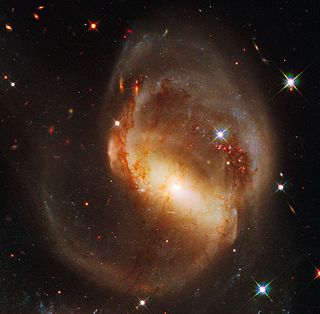
NGC 7319 is a highly distorted barred spiral galaxy that is a member of the compact Stephan's Quintet group located in the constellation Pegasus, some 311 megalight-years distant from the Milky Way. The galaxy's arms, dust and gas have been highly disturbed as a result of the interaction with the other members of the Quintet. Nearly all of the neutral hydrogen has been stripped from this galaxy, most likely as a result of a collision with NGC 7320c some 100 million years ago. A pair of long, parallel tidal tails extend southward from NGC 7319 in the direction of NGC 7320c, and is undergoing star formation.
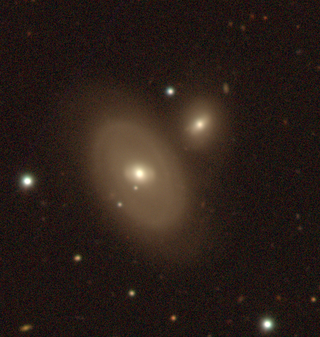
NGC 37 is a lenticular galaxy located in the Phoenix constellation. It is approximately 42 kiloparsecs in diameter and about 12.9 billion years old.

NGC 4420 is an unbarred spiral galaxy located 77 million light-years away in the constellation Virgo. It is a member of the M61 Group of galaxies, which is a member of the Virgo II Groups, a series of galaxies and galaxy clusters strung out from the southern edge of the Virgo Supercluster.
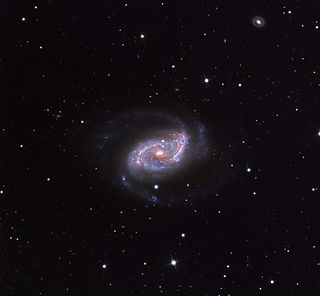
NGC 5248 is a compact intermediate spiral galaxy about 59 million light-years away in the constellation Boötes. It is a member of the NGC 5248 Group of galaxies, itself one of the Virgo III Groups strung out to the east of the Virgo Supercluster of galaxies. Distance measurements to NGC 5248 vary from 41.4 million light-years to 74.0 million light-years, averaging about 58.7 million light-years.

"Legacy Survey Sky Browser". www.legacysurvey.org. Retrieved 2023-05-19.

NGC 70 is a spiral galaxy located in the constellation Andromeda. It was discovered on October 7, 1855, by R. J. Mitchell and was also observed on December 19, 1897 by Guillaume Bigourdan from France who described it as "extremely faint, very small, round, between 2 faint stars".
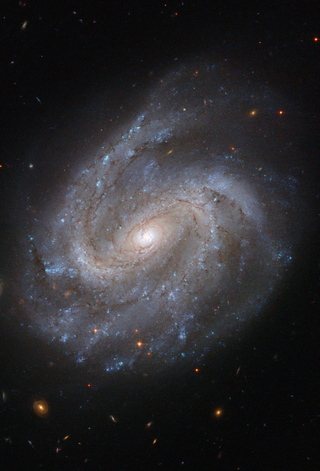
NGC 201 is a spiral galaxy in the constellation of Cetus. It is one of the group members of HCG 7, with the other group members NGC 192, NGC 196, and NGC 197. It was discovered on December 28, 1790 by William Herschel.
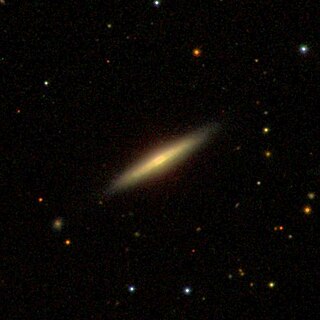
NGC 489 is probably an edge-on spiral galaxy located about 97 million Light-years away from Earth in the constellation Pisces. NGC 489's calculated velocity is 2507 km/s. NGC 489 was discovered by German astronomer Heinrich Louis d'Arrest on December 22, 1862.
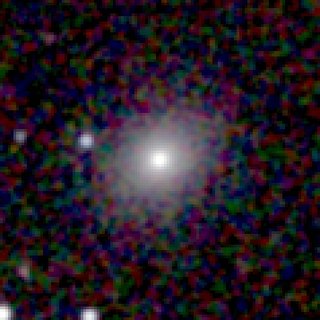
NGC 7057 is an elliptical galaxy located about 230 million light-years away in the constellation of Microscopium. NGC 7057 was discovered by astronomer John Herschel on September 2, 1836.

NGC 1190 is a lenticular galaxy approximately 109 million light-years away from Earth in the constellation of Eridanus. It was discovered by American astronomer Francis Leavenworth on December 2, 1885 with the 26" refractor at Leander McCormick Observatory.
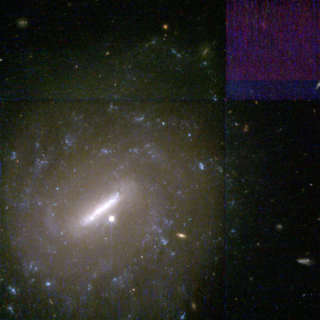
NGC 1189 is a barred spiral galaxy approximately 105 million light-years away from Earth in the constellation of Eridanus. It was discovered by American astronomer Francis Leavenworth on December 2, 1885 with the 26" refractor at Leander McCormick Observatory.

NGC 1191 is a lenticular galaxy approximately 406 million light-years away from Earth in the constellation of Eridanus. It was discovered by American astronomer Francis Leavenworth on December 2, 1885 with the 26" refractor at Leander McCormick Observatory.

NGC 1199 is an elliptical galaxy approximately 107 million light-years away from Earth in the constellation of Eridanus. It was discovered by William Herschel on December 30, 1785.

NGC 1192 is a lenticular galaxy approximately 417 million light-years away from Earth in the constellation of Eridanus. It was discovered by American astronomer Francis Leavenworth on December 2, 1885 with the 26" refractor at Leander McCormick Observatory.

NGC 4781 is a barred spiral galaxy in the constellation Virgo. It was discovered by William Herschel on Mar 25, 1786. It is a member of the NGC 4699 Group of galaxies, which is a member of the Virgo II Groups, a series of galaxies and galaxy clusters strung out from the southern edge of the Virgo Supercluster.

NGC 531 is a barred spiral galaxy in the constellation Andromeda with a visual magnitude of 10.51. It is a distance of 65.7 Mpc from the Sun. It is a member of the Hickson Compact Group HCG 10, and is interacting with the other members of the group.

NGC 1452 is a barred lenticular galaxy in the constellation Eridanus. Located 80 million light years away, it is one of the farther galaxies of the Eridanus cluster, a cluster of approximately 200 galaxies. It was discovered on October 6, 1785 by William Herschel.



















